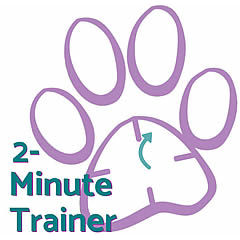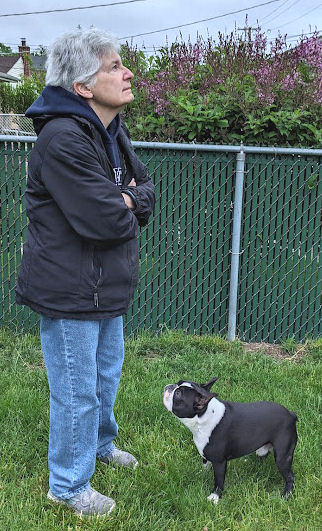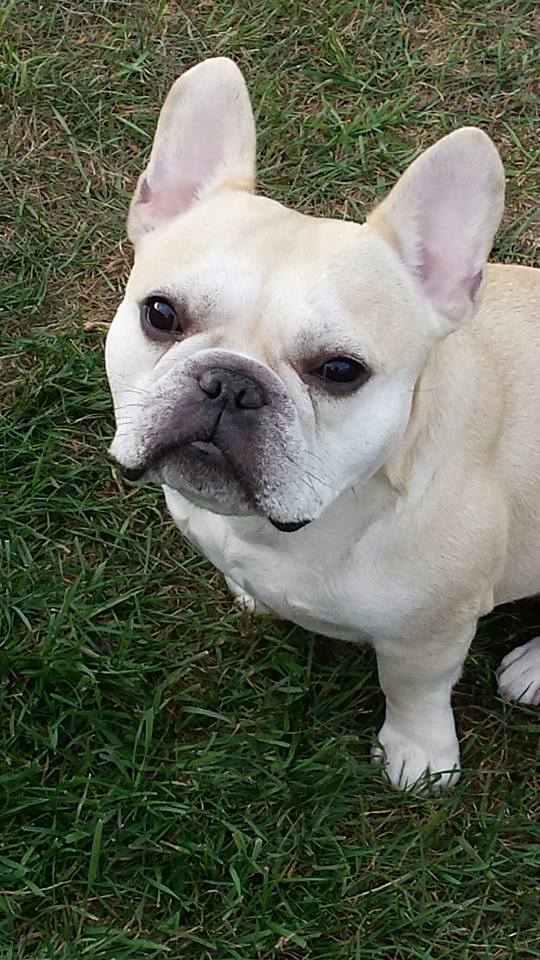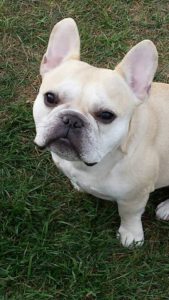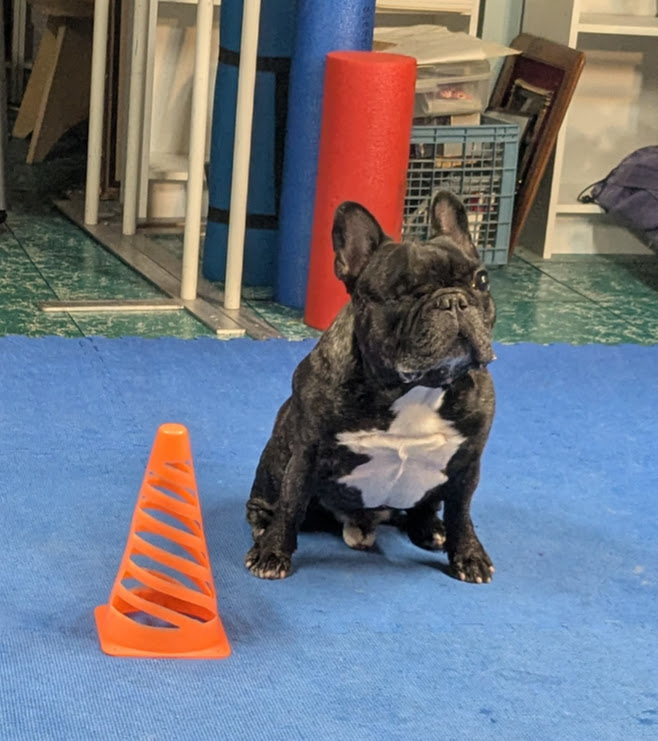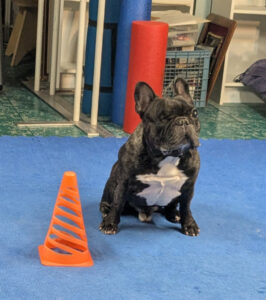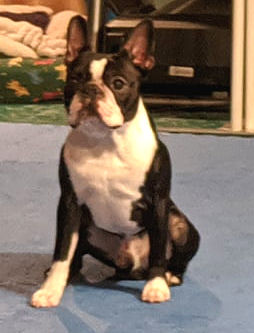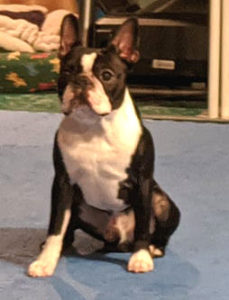We call the Greetings Game “Statue and Fuss.” That describes the people’s assignment, not the dog’s. It’s up to the humans to demonstrate what happens when the dog jumps (Statue) vs. sits (Fuss).
The vast majority of dogs are happy to see you. They love meeting people. Dogs will offer an enthusiastic welcome even if you’ve only been gone two minutes. Exuberant dogs reach a level of excitement that has them, literally, bouncing off the walls, the floor, the furniture, and you.
Most people don’t really like dogs jumping on them. They’ll tell you it’s okay, but you know it’s really not. The problem is getting your dog to clue in on that, too.
Imposing polite
One of the reasons this behavior is hard to extinguish is that you may not get a lot of cooperation from other people. When they’re puppies, dogs are incredibly cute, small, and fairly harmless. People like having little puppies say hello to them. Most people will even override your wishes, insisting “It’s okay. I want to say hi!”
Enforcing your training protocols when other people are around takes a lot of fortitude and a willingness to seem rude. If people ask “May I pet your puppy?” (most won’t bother to ask) and you say “Not if he’s jumping on you,” most people will stampede right over what you say and reach for your bouncing, wiggling, adorable dog. Don’t let them.
That’s easier said than done. But every violation of the protocol you set means a step back in training. That’s one of the reasons teaching polite greetings takes time.
Statue and Fuss
The Greetings Game requires that you set it up with a trusted person. Don’t play the game in public before your dog has a pretty thorough understanding. It’ll just be frustrating for both of you.
Depending on how nutsy crazy your dog is to meet people, you have a couple of options for the setup.
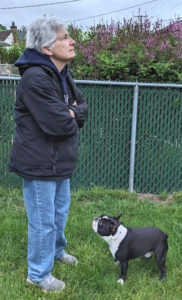
If your dog is a wildly excited jumping fool, don’t start with a doorbell and someone coming into the house. Have your dog on collar and leash and have your helper come into the room and walk up to you and your dog. Instruct the person not to look at the dog, pet the dog, or interact with the dog in any way.
When the person comes over to you, do not tell your dog to sit. The dog has to learn to make a good decision. Don’t make it for them. They have to find out on their own what will get them what they want.
If the dog is jumping and being generally manic, your helper person should stand there, arms folded, staring at the wall behind you or the ceiling. When the dog sits, or at least has four paws on the ground, the helper should immediately fuss over the dog, pet the dog, and talk to the dog. And be ready to instantly stop if the dog jumps. In mid-word, if necessary, revert to “statue” mode. Stop, fold arms, stare at ceiling.
The alternating statue/fuss will demonstrate to the dog what they need to do to get what they want. Dogs get what they want (attention) when we get what we want (manners).
Not quite so nutsy
If your dog is exuberant but not over-the-top, you can play the same game of Statue and Fuss, but start with someone entering the house, not just the room. When your dog starts remembering to sit when someone comes in, you can add the next level of thrill – the doorbell.
There will, inevitably, be incidents where the person slips up and fusses over the dog when they should be a statue. It’s hard to resist giving attention to a being that so clearly adores you. That’s why it takes a while to build the habit of polite greetings.
When you embark on teaching your dog polite greetings, be sure that everyone in the house is in on it. If you’re trying to teach your dog to make good decisions and your partner is dragging the dog off people, it’s not going to work. Everyone has to be willing to play Statue and Fuss. Do everyone a favor and make sure your dog’s nails are short and smooth before you start. Statues take a bit of a mauling when you start playing the game.
